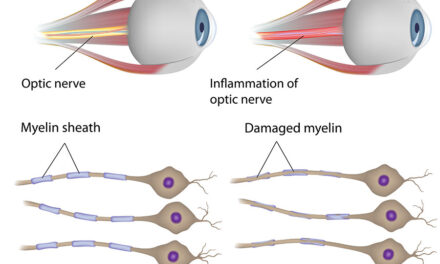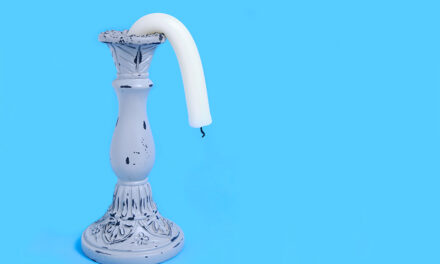Unlocking the Healing Power of Colors: Exploring Chromotherapy
Chromotherapy stands out as a unique and fascinating approach. Derived from the Greek words “chroma” meaning color and “therapeia” meaning healing, chromotherapy involves the use of colors to treat various ailments. This method, which has roots dating back to ancient civilizations, has experienced a resurgence in popularity, and today we delve into its principles and practices.
Discovering the Spectrum of Health: A Journey into Chromotherapy
Understanding Chromotherapy: Chromotherapy posits that diseases stem from an imbalance in the body’s color spectrum. Practitioners believe that by applying colored light to the body, this equilibrium can be restored. Dating back over 2,500 years, historical figures like Pythagoras utilized color light therapy. Fast forward to modern times, and Niels Finsen of Denmark pioneered its resurgence in the late 19th century.
The Healing Rainbow: Chromotherapy identifies three primary colors – red, blue, and yellow – as the foundation of its practice. These colors, reminiscent of a vibrant rainbow, play a crucial role in diagnosing deficiencies. Observing the color of the eyes, nails, urine, and excrement helps determine which color a patient lacks.
Sunlight: Nature’s Cure-All: Dr. Babbit, an esteemed authority on chromotherapy, emphasizes the vital role of sunlight in maintaining health. Excluding oneself from sunlight, he contends, can lead to various health issues. Sunlight aids digestion, improves circulation, and facilitates the elimination of impurities through the skin.
The Therapeutic Palette: Colors and Their Healing Qualities
Red: Symbolizing heat and fire, red is an energizing color. It stimulates arterial blood, making it valuable in treating conditions like low blood pressure, rheumatism, and paralysis.
Orange: Associated with prosperity, orange stimulates blood supply and energizes nerves. It proves beneficial in conditions like kidney and gall stones.
Violet: Known for its calming effect, violet is used to address nervous and emotional disturbances, arthritis, and insomnia.
Yellow: The color of joy and happiness, yellow is a stimulant to the brain, liver, and spleen. It is effective in treating diabetes, indigestion, and kidney disorders.
Green: Combining blue and yellow, green promotes harmony and serves as a mild sedative. It is useful in treating nervous conditions, ulcers, and inflammatory conditions.
Blue: Cool, soothing, and sedative, blue alleviates pain and heals burns. It is beneficial in treating conditions like dysentery, asthma, and high blood pressure.
Methods of Treatment: Harnessing the Power of Colors
- Application of Light: Using different colored glass sheets, sunlight is directed onto the body or specific areas. Lanterns with colored glass panes can be used at night.
- Color-Charged Water: Colored bottles filled with water and exposed to sunlight are used for internal and external applications. This water is believed to acquire medicinal properties.
Diet: Nourishing the Body with Colorful Foods
A balanced diet is crucial during chromotherapy. Patients are encouraged to consume food items with colors analogous to those used in the treatment.
Red, Orange, Violet, Yellow, Purple, Green, Blue: Various fruits and vegetables associated with each color contribute to a well-rounded diet.
Contraindications: Understanding Limits
While chromotherapy offers promising benefits, certain precautions must be considered. For example, red light may be harmful in inflammatory conditions, and yellow should be avoided in cases of overactive nerves.
In conclusion, chromotherapy, with its vibrant spectrum of colors, offers a unique lens through which to view health and healing. As we explore this ancient practice, it’s essential to approach it with an open mind, recognizing its potential to complement conventional methods and contribute to overall well-being.
Information provided by health library 1999



















